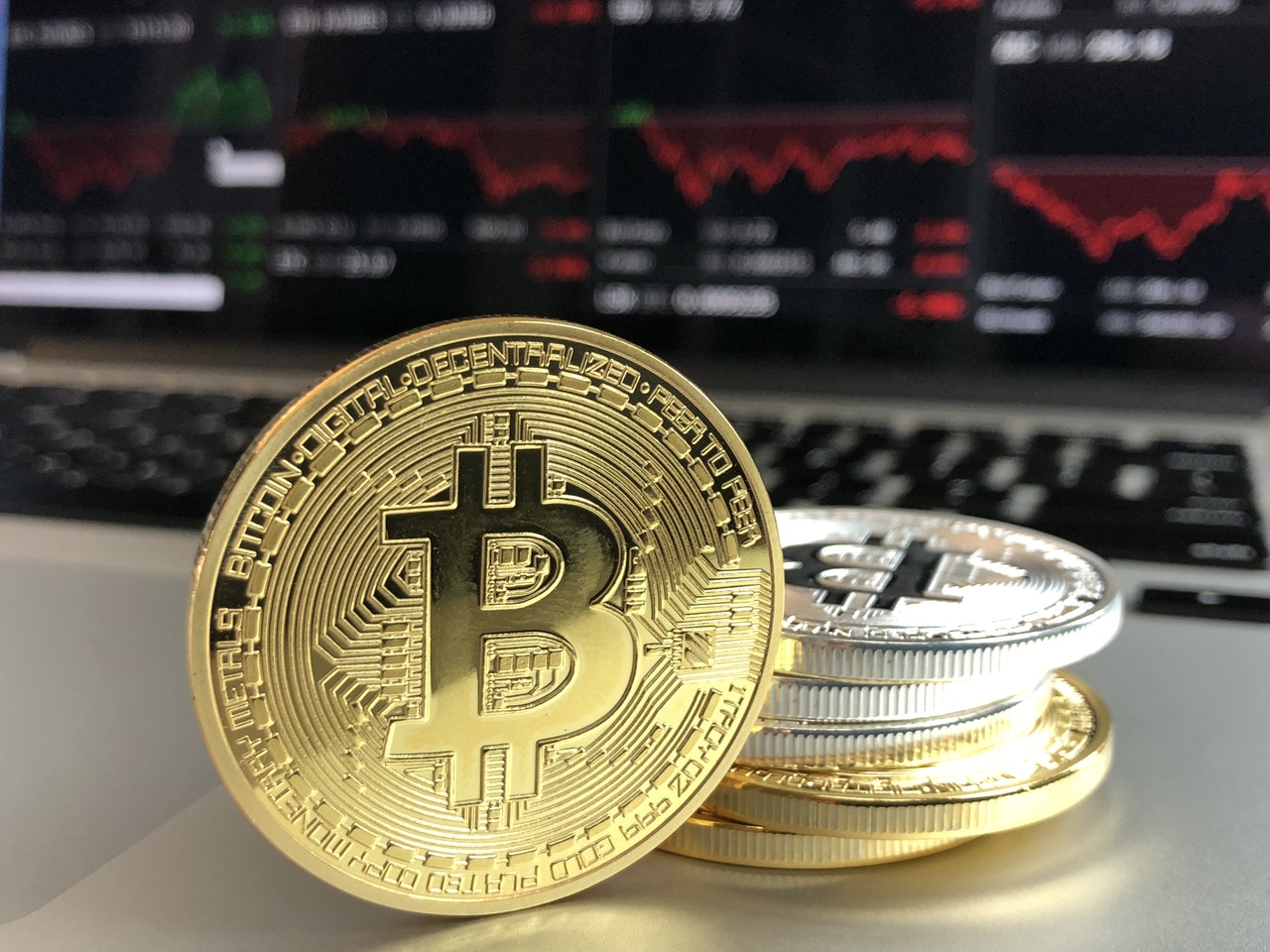Fundstrat’s Tom Lee has always been one of Bitcoin’s biggest bulls.
For several months, despite the wavering price of everybody’s favorite cryptocurrency, Lee has stuck to his guns and remained adamant that the currency could end the year at an even $25,000.
Even now, when Bitcoin is experiencing its lowest levels of volatility in history and remaining within a short trading range of $6,300 and $6,500, yet Lee is still confident that the currency could end 2018 on a high note.
The Bear Market Isn’t Letting Up
Since December 2017, Bitcoin has been trapped in relatively bearish conditions.
Many enthusiasts look upon last December as a time of joy and happiness when Bitcoin reached an all-time high of nearly $20,000. The crypto appeared unstoppable; ventures like CME Group and CBOE paved the way for Bitcoin futures trading, and digital exchanges like Coinbase found themselves adding hundreds of thousands of new users.
But starting in January 2018, the cryptocurrency has been trapped in relatively bearish conditions due to issues and attacks in the digital asset space that seemingly haven’t let up.
The year started out on a negative note when Coincheck, one of Japan’s biggest digital currency exchanges, became the alleged victim of a hack that saw over $500 million in cryptocurrency funds vanish overnight.
Things Haven’t Stopped There
The exchange was reprimanded for its hot wallet storage tactics by organizations like the Financial Services Agency (FSA) in Japan.
The FSA saw a growing need to get involved in cryptocurrency regulation. Representatives soon began issuing warnings to some of Japan’s largest digital exchanges, claiming that if they didn’t beef up their security tactics, they’d be shut down.
While steps for improvement have been taken in Japan, the Coincheck incident left a nasty mark on Bitcoin’s price and pushed the currency back to roughly $11,000 at the time.
Since then, 2018 has witnessed further hacks and data breaches that have caused further downgrades in the currency’s stature including those on Bithumb and Coinrail in South Korea, which saw thefts of roughly $30 million and $40 million respectively.
Other reports claimed that hundreds of millions of dollars were being lost due to fraudulent initial coin offerings (ICOs), and as a result, internet giants like Google, Facebook and Twitter began changing their advertising protocols to disallow ads relating to digital currency-related ventures. This saw further drops in Bitcoin’s value.
The Glass is Half-Full

The price of Bitcoin has repeatedly taken a beating throughout 2018 due to these and other events, but that hasn’t stopped Lee from believing in the coin’s future.
Having been out of the crypto limelight for the past several weeks, Lee recently sat down with Heidi, aka the BlockchainChick on YouTube, to discuss his year-end prediction once again.
As the managing director of Fundstrat’s Global Advisors, Lee said he’s seen what’s happening with Bitcoin many times and refers specifically to the dot-com bubble of the mid-90s, when providers were charging ungodly amounts of money for .com registries that caused the entire system to snap like a twig.
“People are too bearish,” he stated matter-of-factly. “What happens is people get bearish because it makes sense. You know, the market conditions have been terrible, and we are under our 200-day moving average.”
He continued:
We [at Fundstrat] just published a report this week that pointed out to our clients that when bitcoin is under its 200-day, it only goes up 50 percent of the time in the next six months, but when it’s above its 200-day, it is up 80 percent of the time [in the next six months], so the trend implied by the 200-day is obviously very important.
Not Worried About the Math
On a personal level, however, Lee is very optimistic about where Bitcoin is headed in the coming months.
He believes that by the time 2019 is ready to ring in, the breakeven cost of mining one bitcoin could spike to $8,000 or even $9,000.
Under normal circumstances, this would likely provide means for Bitcoin to trade slightly higher, though Lee has noted in the past that Bitcoin typically will trade at over 2 times its breakeven position, which provides the basis for his $25,000 year-end prediction.
Furthermore, he stated to the BlockchainChick that investors typically “give 100 percent probability to the negative,” meaning people always assume the worst.
In the case of bitcoin, they assume that the currency is likely to end 2018 at an unusually low point as the bottom is allegedly nearing. However, given that bearish sentiment is continuing to spike further, Lee suggested there’s a strong chance that Bitcoin will spike quickly by the time December rolls along, instead of disappearing into oblivion the way most investors think.
Despite his belief that things are set to improve greatly, Lee suggested that people are hard to convince unless they’re seeing something very drastic happening across the boards:
Until people are convinced that there’s a bottom, like there are a chicken and an egg, you can’t motivate people until the [bottoming] event happens.
Volatility is at a Standstill
At the time of writing, Bitcoin is experiencing its lowest levels of volatility.
According to data released by CBOE Global Markets, the 20-day historical volatility (HV) of Bitcoin has fallen to about 31.5%. This is nearly 4% less than online retail giant Amazon.com, which presently sits at 35%, and miles below movie and television-streaming service Netflix, which sits at 52%.
When Bitcoin was falling from its near $20,000 position earlier this year, its 20-day HV reached 140%.
Senior instructor at The Options Institute at CBOE Kevin Davitt explained, “A one standard deviation move for bitcoin, at present, is about $475. That works out to +/- 7.3 percent (475/6500). Compare that to earlier this year (mid-January) when bitcoin was around $11,000. Back then, the standard deviation measured $4,640 or +/- 42 percent.”
The situation presents an odd clash of opinions between traders and evangelists.
The former would like volatility to pick back up, thus giving the market a stronger sense of competition, while members of the latter category regularly comment that volatility is what prevents institutional players from entering the crypto space, fearing their funds will disappear faster than they’re invested.
Davitt stated:
Perhaps we are witnessing the maturation of a market. It’s far too early to declare this the “new normal,” but the persistent range over the last few weeks may be hinting at a structural shift. Only time will tell.

